Growth in the Construction Sector
The Spunbond Nonwoven Market is poised to gain from the expansion of the construction sector, where nonwoven fabrics are increasingly utilized for geotextiles, insulation, and roofing applications. The durability and lightweight nature of spunbond nonwovens make them suitable for various construction needs, contributing to enhanced efficiency and sustainability. Recent statistics reveal that the construction industry is projected to grow at a rate of 5% per year, which could lead to increased adoption of spunbond nonwoven materials. As infrastructure projects proliferate, the Spunbond Nonwoven Market stands to benefit from this growth, as manufacturers align their offerings with the demands of the construction sector.
Rising Demand in Hygiene Products
The Spunbond Nonwoven Market experiences a notable surge in demand for hygiene products, driven by increasing awareness regarding health and sanitation. The nonwoven fabric's properties, such as breathability and fluid resistance, make it ideal for applications in diapers, feminine hygiene products, and medical supplies. Recent data indicates that the hygiene segment accounts for a substantial share of the market, with projections suggesting a growth rate of approximately 6% annually. This trend is likely to continue as consumers prioritize hygiene, particularly in personal care and healthcare sectors. The Spunbond Nonwoven Market is thus positioned to benefit from this rising demand, as manufacturers innovate to meet the evolving needs of consumers.
Innovations in Product Development
Innovations in product development are a driving force within the Spunbond Nonwoven Market, as manufacturers strive to enhance the performance and functionality of nonwoven fabrics. Advances in technology have led to the creation of spunbond materials with improved properties, such as enhanced strength, softness, and biodegradability. This focus on innovation is reflected in the increasing number of patents filed in the nonwoven sector, indicating a robust pipeline of new products. As consumer preferences shift towards sustainable and high-performance materials, the Spunbond Nonwoven Market is likely to see a rise in demand for innovative solutions that meet these criteria.
Expanding Applications in Medical Sector
The Spunbond Nonwoven Market is witnessing an expansion of applications within the medical sector, where nonwoven fabrics are utilized for surgical gowns, drapes, and other medical supplies. The inherent properties of spunbond nonwovens, such as barrier protection and comfort, make them essential in healthcare settings. With the increasing focus on patient safety and infection control, the demand for high-quality nonwoven materials is likely to rise. Recent data suggests that the medical nonwoven segment is projected to grow at a rate of 7% annually, indicating a robust opportunity for the Spunbond Nonwoven Market to capitalize on this trend and enhance its offerings in the medical field.
Environmental Regulations and Sustainability
The Spunbond Nonwoven Market is influenced by stringent environmental regulations and a growing emphasis on sustainability. Governments and organizations are increasingly advocating for eco-friendly materials, prompting manufacturers to adopt sustainable practices in production. The shift towards biodegradable and recyclable nonwoven fabrics is becoming more pronounced, as consumers demand products that align with their environmental values. Recent reports suggest that the market for sustainable nonwovens is expected to grow significantly, potentially reaching a value of several billion dollars in the coming years. This trend indicates that the Spunbond Nonwoven Market must adapt to these regulatory pressures and consumer expectations to remain competitive.
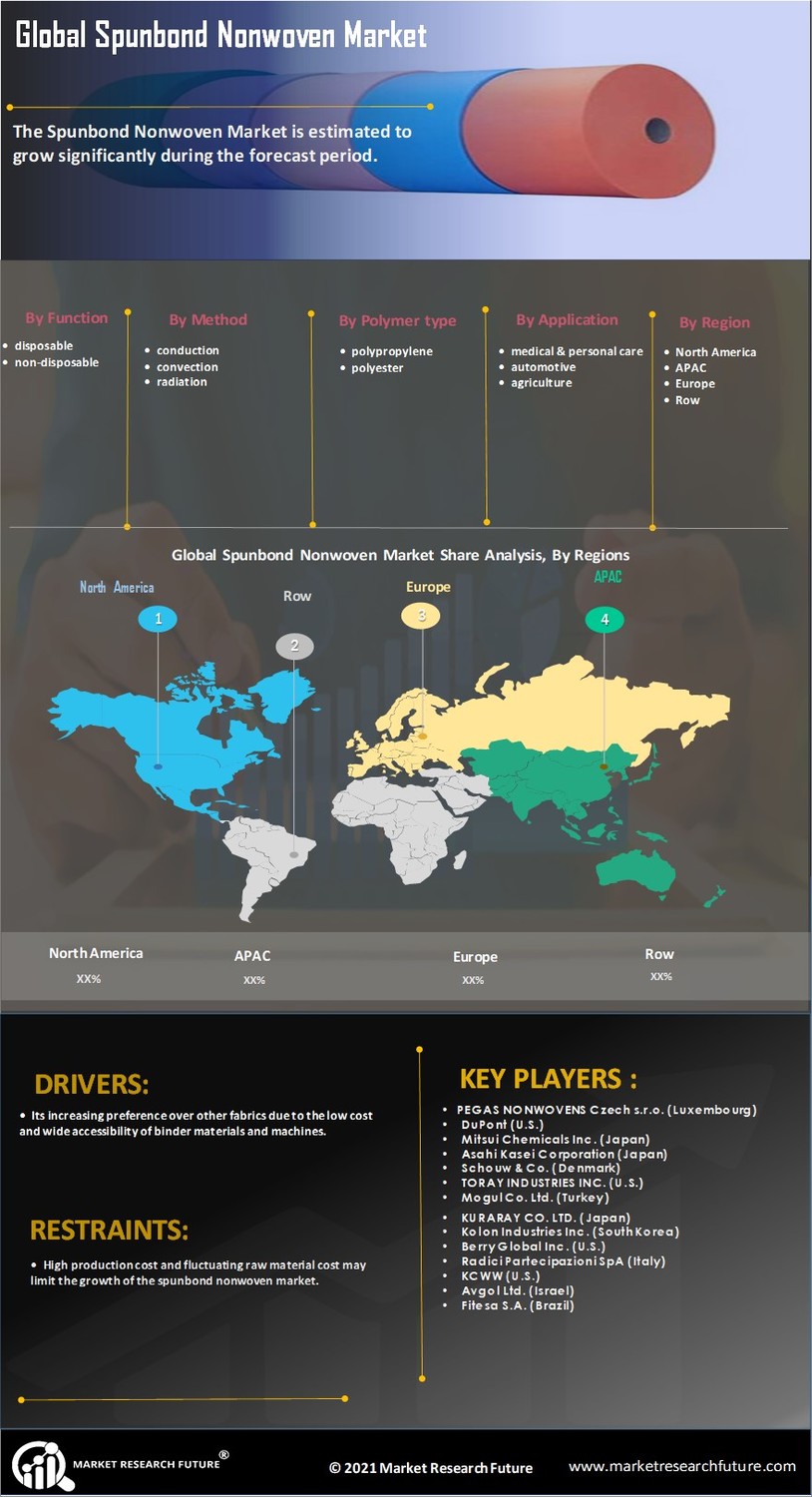

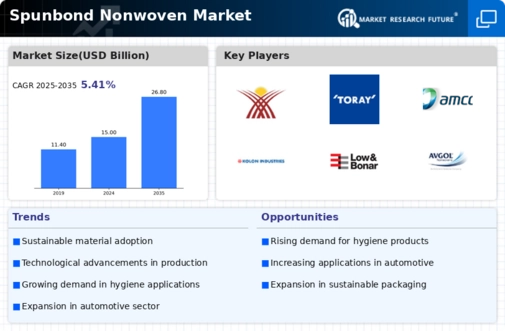
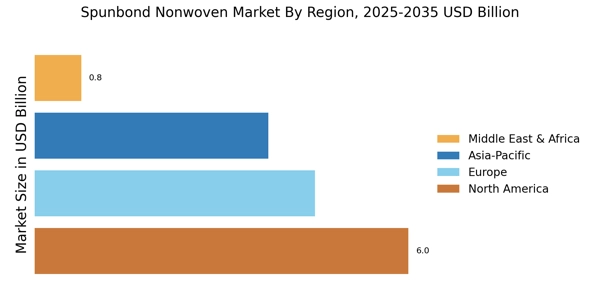
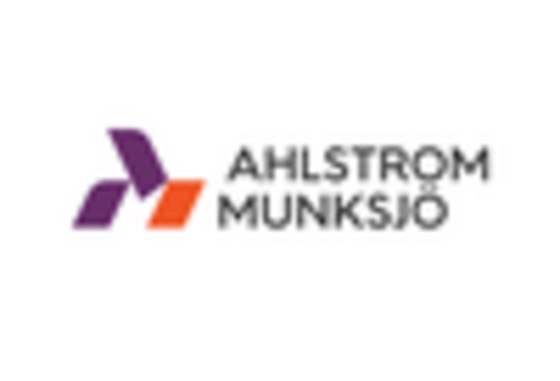


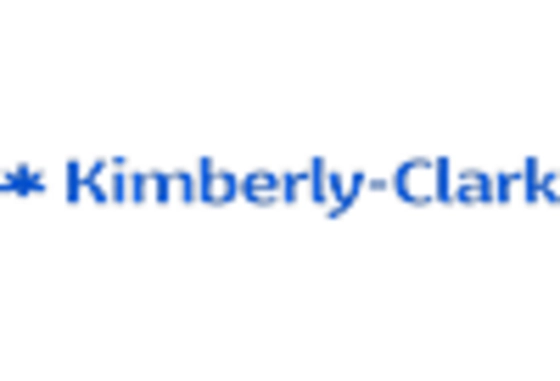
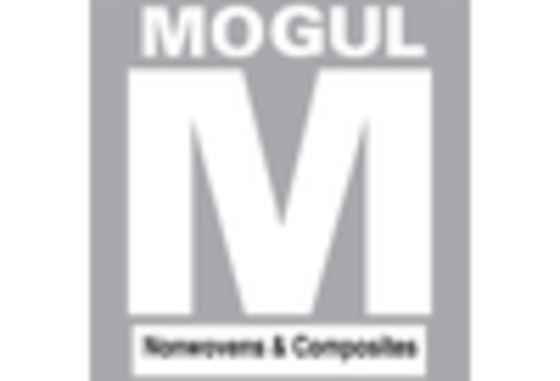









Leave a Comment